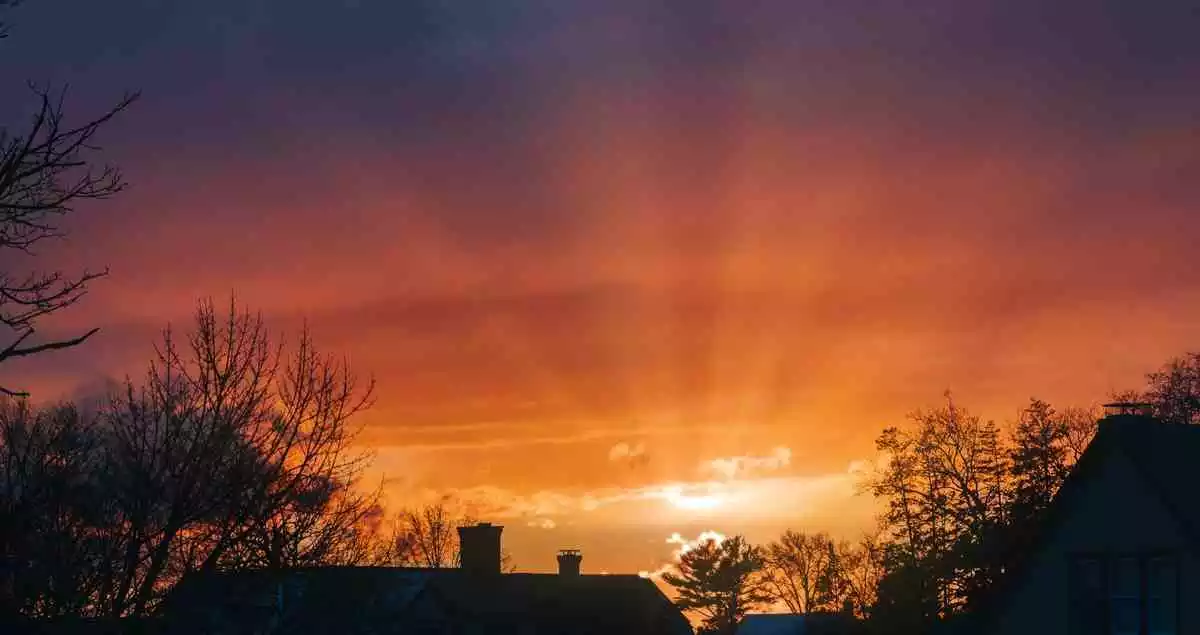
Vikings thought that, if they died heroically in battle, their spirit was taken away by valkyries, female entities who took them to Valhalla to offer them "the warriors' rest". There, in the paradise halls ruled by Odin, they met old legendary warriors and Norse mythology gods, and together, they prepared the war of gods' destiny, Ragnarök.
Mythological texts, and especially the epic compositions of the poetic Edda from the 13th century, describe Valhalla in full detail. In this article, you'll find out more about what Valhalla is, and how the paradise hall looks, as well as its further influence on literature and music.
What is Valhalla in Norse mythology
Vikings were conquering peoples who, born in Germany, spread out through the whole of Northern Europe and terrified the rest of the continent because of their ferocious battle ways. The courage of men at war, the main pillar of their civilisation, found its base on the favour of Norse mythology gods and their faith in life beyond death.
The aggressiveness of Vikings in battle, in fact, finds its origins in their cosmic vision: according to Norse mythology, heroes who died in battle entered Valhalla, while those who had a "hay death" (meaning they died of natural causes, in a bed of hay) and women went to the underworld, Hela's kingdom.
Of course, Valhalla was much better, because Hel is described in texts as a poisonous swamp surrounded by a wall closely watched by giants and dogs, and ruled by the beautiful yet feared Hela, a half-woman, half-corpse goddess.
- Very interesting! Who's Hela, the beautiful yet feared Norse goddess of death?
Instead, Valhalla is the Viking version of Christian Eden, because it is described as a majestic hall located in the kingdom of Asgard, protected by god Odin. According to legend, Odin personally selected his Valkyries, the maidens who chose the bravest spirits of fallen warriors to take them to paradise.
Yet, Valhalla has a much more transcendent function in Viking cosmogony, because according to these peoples, the einherjer (warrior spirits) who entered the paradise halls met other legendary warriors and Norse mythology gods, and from there they prepared the victory of Odin and the Aesir gods at Ragnarök.
What the Viking gods' paradise hall looks like
The texts of poetic Edda from the 13th century composed according to ancestral texts describe Valhalla, the paradise hall, in full detail. According to one of those epic poems, Odin rules sitting on a great golden mantle (Valhalla) located in the 5th heavenly home.
It is a hall whose columns are spears, and whose ceiling is made of shields, where the chainmail of warriors extends over the benches. Its main entrance is protected by a wolf, and over it, there is a great eagle with spread wings.
Later on, it is revealed that Valhalla has the essential role of being home to Ragnarök warriors because, in one of the songs in Edda, Odin himself describes the departure of 800 einherjer souls from the 540 doors of the paradise hall to face Fenrir, the wolf.
Within Valhalla, there is Bilskirnir, the palace home to Thor, the Norse god of thunder. There are also truly idyllic visions, such as the presence of Heidrún the goat and Eikpyrnir the deer. From Eikpyrnir's horns comes the water of the Hvergelmir fountain, which gives origin to all waters; and from the goat's tit comes mead.
According to Norse mythology, mead is the gods' drink, and when valkyries take the souls of warriors to Valhalla, they offer them first aid and give them mead. Actually, mead is an alcoholic drink with 10% to 15% alcohol, and there is even a registered Valhalla mead trademark.
Valhalla in fiction and other fun facts
Norse mythology managed to build a graphic image of the concept of paradise, and its idea embodied into Valhalla has created enthusiasm and attraction in Western culture since the beginning of time. Around 1842, the Neoclassic Valhalla temple in Baviera was built, by command of King Louis I of Baviera, designed by architect Leo von Klenze.
The palace is meant to be the home of busts and statues of the most illustrious Germans and Germanics, aside from having grand gardens, and that's why it brings together the idea of the home of gods and heroes from the real Valhalla. By the way, Valhalla was also the name given to one of the craters in Pluto's satellite Calysto.
But Valhalla has also been an object in fiction, inspiring composers such as Richard Vagner. His Twilight of the gods is a three-act opera where the German genius describes Ragnarök, within which there is a 6-minute piece conceived as "the entrance of gods into Valhalla".
Going beyond classical music, heavy metal has also felt great fascination towards Norse mythology, and Valhalla takes a prime spot there. Bands such as Blind Guardian, Black Sabbath, Judas Priest or Dark Moor have made their own versions describing Valhalla, but also bands from rock and other genres, such as Led Zeppelin or 30 Seconds to Mars.
In 1979, artist Peter Madsen created the Valhalla comic book series, whose base is the texts of poetic Edda, starring the Aesir gods, especially Odin and his sons Thor and Loki. Inspired by the comic books, a Danish movie premiered in 1987.
Valhalla has also been taken into consideration as a special location for several regions, especially in the United States.
